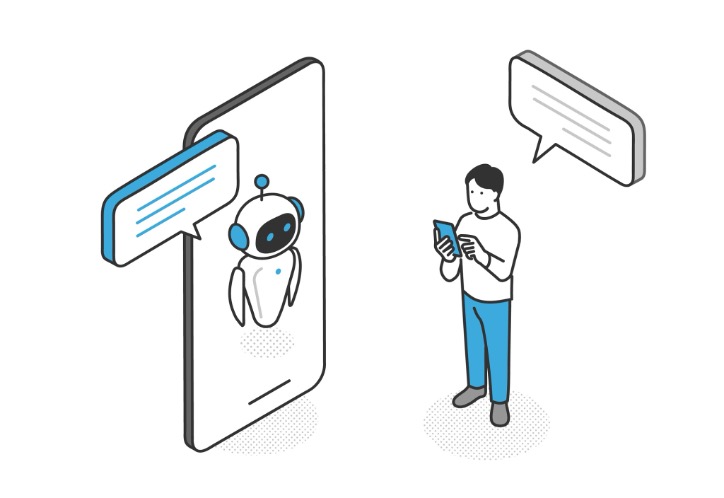Factors influencing intention to engage in human-chatbot interaction: examining user perceptions and context culture orientation
June 18, 2025
Digitisation and the rapid progression of information communication technologies have led to the development of chatbots, which are artificial intelligence systems simulating human conversations with users. As chatbots become increasingly capable of understanding complex human requests and personalised to user needs, they have become exceedingly popular on the internet. In “Factors influencing intention to engage in human-chatbot interaction: examining user perceptions and context culture orientation” (Universal Access in the Information Society, 2024), Luna Luan Haoyue and Associate Professor Cho Hichang (NUS Communications and New Media) explore how individuals’ context culture orientation influences users’ preferences and expectations when interacting with chatbots.
Context culture orientation refers to an individual’s preference for engaging in communication within either high-context or low-context situations. High-context communication values relational aspects and social nuances, while low-context communication emphasises direct and precise information for efficient service provision. This orientation can be influenced by an individual’s cultural and personal background and is well established in interpersonal and intercultural contexts.
The researchers aimed to extend this understanding to human-computer interaction. They surveyed Singaporean Millennials aged 18 to 34 on their use of ‘Gov.sg,’ a Facebook Messenger text chatbot implemented by the Singapore government. The study assessed participants’ characteristics, perceptions, and behavioural intentions using the Unified Theory of Acceptance and Use of Technology (UTAUT) model constructs.
The study’s findings align with the researchers’ hypothesis that users’ cultural context orientations significantly influence their preferences and expectations of chatbots. Performance expectancy emerged as the strongest predictor of behavioural intention, with millennials more inclined to use a chatbot if they perceive it as helpful for task performance. Social influence, identified as the second strongest predictor, suggests that individuals are swayed by important others, such as friends and family, aiming to align their behaviours with those of their social circle regarding chatbot usage. Chatbots that exhibit a strong social presence and a sense of human contact also enhance user engagement, consistent with existing human-robot interaction (HRI) studies. Additionally, context culture orientation, a novel predictor of behavioural intention, revealed that individuals with a high-context culture orientation are less likely to interact with ‘Gov.sg’, preferring face-to-face communication and nonverbal cues. This orientation moderates the effects of social presence and performance expectancy on behavioural intention, with social presence being more influential for high-context individuals and performance expectancy more influential for low-context individuals.
These findings offer significant insights for future chatbot development, emphasising the need for chatbots to align with users’ communication preferences to enhance satisfaction and engagement. By analysing users’ context culture orientations through conversational patterns, chat histories, and nationalities, chatbots can be better tailored to meet users’ needs. The researchers suggest that incorporating social capabilities into chatbots is as crucial as ensuring their accuracy and efficiency, fostering a sense of rapport and connection between users and chatbots. A comprehensive understanding of these factors will aid in the successful design of chatbots that benefit individuals and society.
Read the chapter here.

